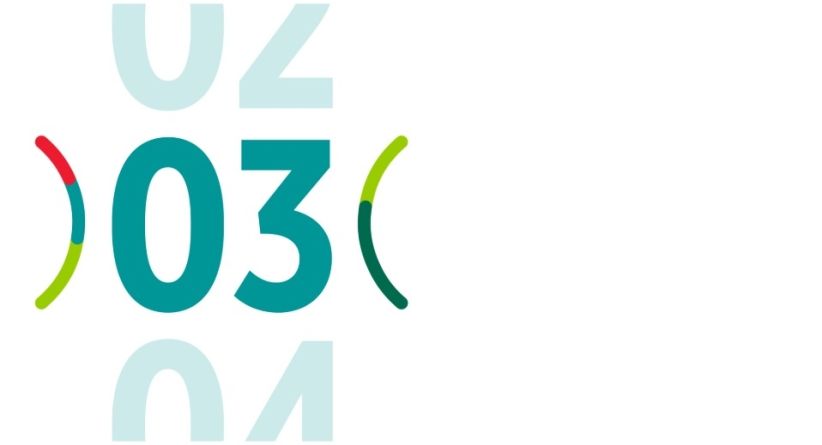
History of the Group’s presence in Malaysia
The Group has been present in Malaysia with Amundi since 1957 and has been active in several banking activities, successively or simultaneously.
Banque de l’Indochine and then Indosuez
In 1958, the Bank of Indochina had already been present in Singapore for more than fifty years. She decided to open a new branch in the newly independent neighbouring country. On May 5, 1958, the bank opened a branch in Kuala Lumpur with the mission of supporting European and local customers in their activities. It collaborates regularly with the Singapore branch. Throughout the 1960s and the first half of the 1970s, Bank of Indochina performed well in Malaysia, both in terms of its branch and its partnerships with local banks.

In 1975, the Bank of Indochina merged with the Banque de Suez and the Union des Mines. The new company is called Banque Indosuez. The Kuala Lumpur branch continued to perform well until the early 1980s. The economic crisis then has an impact on banking activity in general and the Indosuez branch is no exception to this gloomy situation.
A change was made in 1982 with the creation of the Malaysian French Bank (MFB) affiliate, which took over the activities of the Indosuez branch in Kuala Lumpur. Banque Indosuez retains 30% of the capital of the new entity and appoints the bank’s managers. The MFB is performing well and is gradually expanding its network (15 branches in 1986).
At the same time, Banque Indosuez took control in 1987 of the WI Carr broker, which is well established in Malaysia. In 1988, Indosuez was present in the country via a branch, the Malaysian French Bank affiliate BHD and the subsidiary WI Carr (Far East). In 1990, the latter created a joint subsidiary with the securities firm Seagroatt and Campbell. In 1995, Indosuez’s presence in Malaysia expanded further with the presence of five entities.
Since Crédit Agricole acquired Indosuez
From April 1990, Crédit Agricole can operate in Singapore as an offshore bank. This branch covers Malaysia, Indonesia, the Philippines, Australia and New Zealand.
An important step was taken in 1996 when Crédit Agricole took over Banque Indosuez. This transaction gave rise to Crédit Agricole Indosuez (CAI), the Group’s corporate and investment bank. Its presence in Malaysia was then reduced. During 1996, CAI carried out a plan to refocus its activities and sold its stake in the Malaysian French Bank.
In 1998, CAI had only three subsidiaries in Malaysia: a branch, the subsidiary Indosuez WI Carr Securities (Malaysia) SDN BHD and the affiliated bank Seagroatt and Campbell. Then, CAI’s successors - Calyon and then Crédit Agricole CIB - kept a branch in the country until the mid-2010s.
In 2008, Crédit Agricole Asset Management opened the CAAM Malaysia subsidiary. It is this entity that is at the origin of the establishment of Amundi that we know today.
Finally, on 3 July 2023, following the acquisition by CACEIS of the European asset servicing activities of RBC Investor Services, its Malaysian entity was renamed CACEIS Malaysia Sdn Bhd. It now supports both the European entities of the CACEIS group and CACEIS clients in Asia-Pacific.







